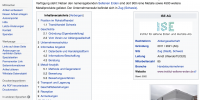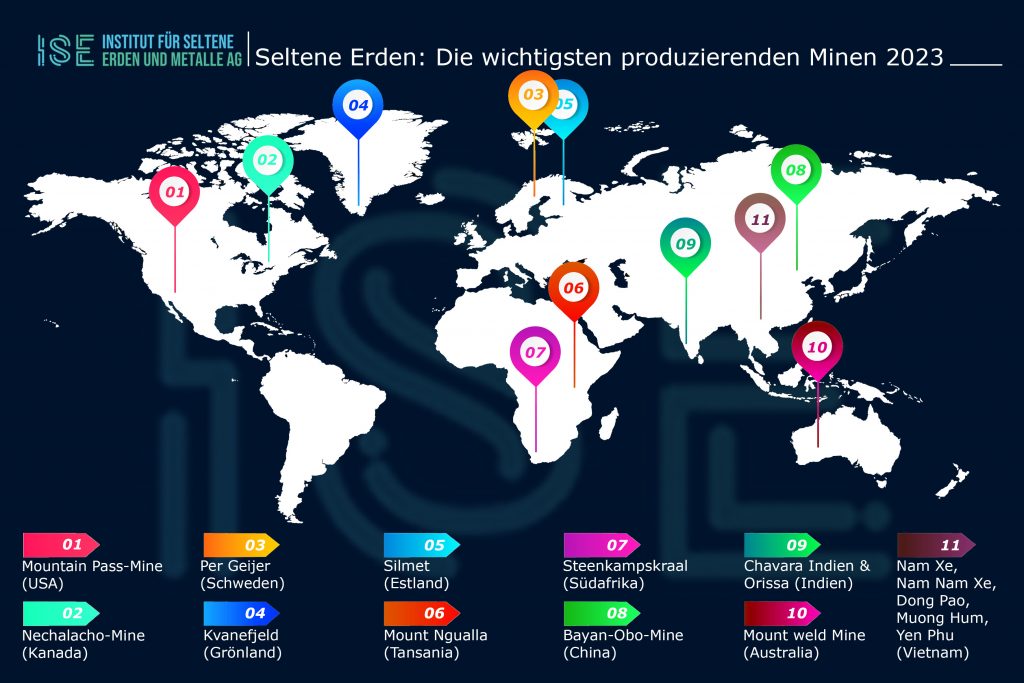Greenland Minerals and Energy's Kvanefjeld project in Greenland could one day cover 20 to 30% of the global demand for critical rare earth elements.
Greenland is the largest island in the world, geologically belongs to the Arctic North America and is politically an autonomous part of the Kingdom of Denmark. In June 2009 entered into an extended autonomy agreement. After that, only the foreign and defense policy remains in Danish responsibility.
The economy of Greenland is correspondingly weak due to its small population and climatic conditions. One of the main sources of income is tourism. Of importance is the fishery as well as seal, walrus and whaling. In October 2013, the Greenlandic Parliament voted fifteen votes to fourteen to lift a decade-long ban on uranium mining. By exploiting this raw material and other mineral resources needed to produce nuclear energy, Greenland intends to generate revenues in the future that increase Denmark's financial independence.
The parliamentary vote was good news for Greenland Minerals and Energy. The Australian company is driving the multi-element project Kvanefjeld in southwestern Greenland. Exploration drilling on the 80 square kilometer project area in 2007 to 2011 yielded a resource of 956 million tonnes of ore containing 575 million pounds of uranium oxide, 10,33 million tonnes of rare earth oxides and 2,25 million tonnes of zinc.
A mine operation is planned that would process 3 million tons of ore annually. One concentrator would be 230 000 tonnes of mineral concentrate containing 14% rare earth oxides and 0,25% uranium oxide. From this, 7000 tonnes of critical rare earths, 16 000 tonnes of light rare earths, and 1,1 million pounds of uranium oxide could be refined each year.
The occurrences of rare earths are of particular importance in the Kvanefjeld project. They are considered to be the largest outside of China, which today controls over 90% of their production. Rare earths - of which there are seventeen different elements - are essential raw materials for high-tech products from wind turbines to hybrid cars to smartphones. A number of these elements are considered critical to their industries by Western governments. Independent studies estimate that the Kvanefjeld project could cover 20 to 30% of the global demand for critical rare earth elements in the future.
But it will take some time before that happens. At the beginning of 2015 Greenland wants to be the exploitation license for Kvanefjeld. She hopes to get these in the first half of 2016, so that then in the second half of the construction of the mine could be started. The start of production is finally planned for 2018. In the meantime, Greenland also wants to look for a joint venture partner, because the big project alone can not be stopped. Investors getting in now need risk-taking and a long breath.
Source: http://www.fuw.ch/article/seltene-erden-2/





